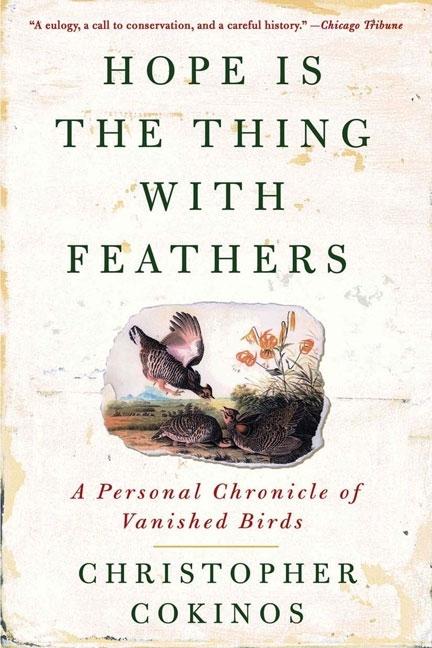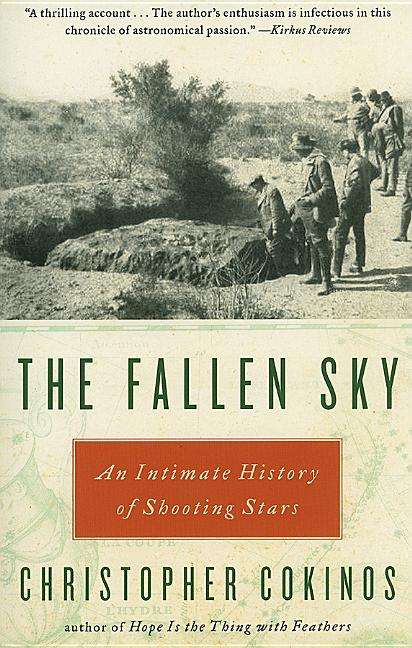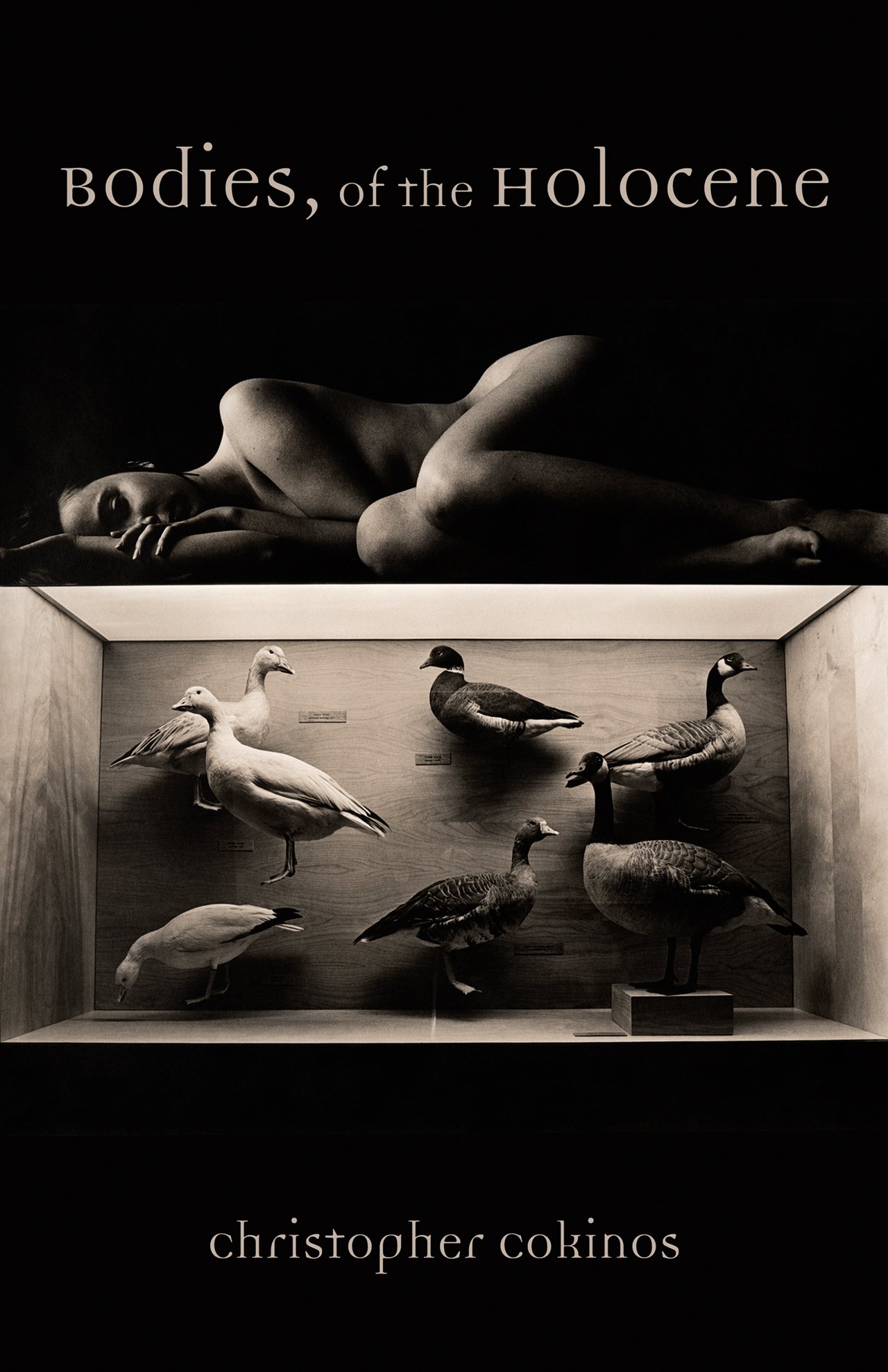-
Hope Is the Thing with FeathersA Personal Chronicle of Vanished BirdsFrom"The Dark Beneath Their Wings"
In a volume of his American Ornithology, pioneering naturalist Alexander Wilson described a flock of Passenger Pigeons that he had witnessed in the early 1800s as the birds flew between Kentucky and Indiana. The flock, Wilson estimated, numbered 2,230,272,000 birds. “An almost inconceivable multitude,” he wrote, “and yet probably far below the actual amount.” The multitude spanned a mile wide and extended for some 240 miles, consisting of no fewer than three pigeons per cubic yard of sky… if Wilson’s flock had flown beak to tail in a single file the birds would have stretched around the earth’s equatorial circumference 22.6 times… With their powerful chests and long, quick-snapping wings, the pigeons flew an average of 60 miles per hour for hours at a time. Sometimes the swift and seemingly endless flocks stretched across the entire dome of sky, so that wherever one looked, horizon or zenith or somewhere between, there flew the pigeons. They closed over the sky like an eyelid.
 Hope Is the Thing with Feathers : A Personal Chronicle of Vanished Birds
Hope Is the Thing with Feathers : A Personal Chronicle of Vanished Birds -
The Fallen SkyAn Intimate History of Shooting Stars
On any clear night, under a dark enough sky, we can see shooting stars. We wish upon them, even if we don’t quite know what they are—of course they’re not really stars—and even if we don’t know where they come from or what they might tell us about the universe. It’s as if we’re eager to pin our chances on something strange and sudden, something beautiful beyond our ken. Across cultures and time, we have written ourselves into the sky. We create constellations, transforming the random spatter of stars into shapes and stories. We name planets after gods. And we associate meteors and meteorites—the light of dust or rocks burning passage through the air, and the stones, after such fire, that sometimes fall to Earth—with the most elemental aspects of our lives: good luck, ill fortune, and even death.
 The Fallen Sky : An Intimate History of Shooting Stars
The Fallen Sky : An Intimate History of Shooting Stars -
Bodies, of the HoloceneEssaysFrom"Pollen"
And so I sing to you.
I sing how we are pollen walking.
I sing April, I sing summer and late September, I sing the sex of flowers and trees that lands on our cotton shirts and summer dresses, on our skin and hair, and how we breathe them in, the beautiful provocations: the lanky engineer, the new med student. I sing the lazuli bunting, thimbleberry and columbine. I sing the growing slickness of your skin. I sing marmot, mountain nine bark and lupine. Spheres and folds, spikes and creases, stem and root.
I sing how syllables are songs, stories, too, for the deep beginnings of the word pollen, and I love this, mean “dust” and “meal.”
What we become, what we need along the way.
 Bodies, of the Holocene : Essays
Bodies, of the Holocene : Essays